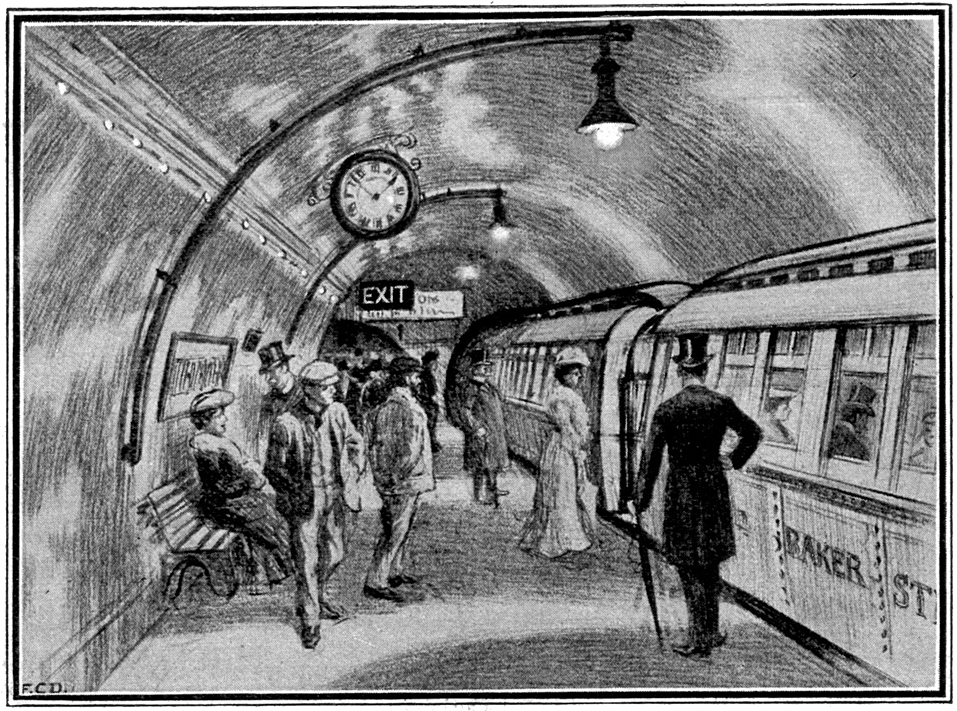A Journey Through The Tube’s History
The heart of London beats to the rhythm of The Tube, the city’s venerable and vital underground transit system. The journey of its evolution is as fascinating as the city it underpins. It all began with the world’s first deep-level electric railway, which took its maiden voyage in London in 1890, a noteworthy 27 years after the world’s first tube line was inaugurated. This pioneering tube line, lit by gas and propelled by steam, ferried passengers between Paddington and Farringdon since January of 1863, paving the way for a revolution in urban transport.
Years of debates over health implications marked the early days of The Tube. However, the dawn of the 20th century brought forth the electrification of many lines, marking a milestone in its development. It was in 1905 that two of the most prominent lines of The Tube, the District and Circle lines, received their electrical lifeblood, a full 37 years after they were established. Interestingly, parts of the Metropolitan line held on to their steam heritage until 1961!
The nascent days of electric locomotion came with its fair share of challenges and crucial decisions. Investors and pioneers had to make pivotal choices like picking between Alternating Current (AC) and Direct Current (DC). DC was the winner, and it has been powering The Tube since its inception, with voltage supplied by additional rails both within and outside the running rails. While the initial voltage was 500V, today’s Tube operates with a -210V and +420V differential, providing a 630V potential difference.
Evolution Through Efficiency
As we journey through time, we can see how technology and smart engineering have worked hand in hand to enhance The Tube’s efficiency. One of my favourite factoids is the strategic placement of stations, specifically on the Victoria line, on gentle slopes. This ingenious design allows gravity to slow down incoming trains and provide a little nudge of acceleration as they leave the station. Additionally, modern trains employ regenerative braking systems, a green technology that recovers energy during braking.

Powering the Future
Fast forward to the present day, and you’ll find that the Tube and the Overground are consuming a whopping 1.2 TWh of electricity annually, translating to a yearly cost of over £130 million. But the wheels of progress are in motion, with ambitious plans to make the Tube carbon-neutral by 2050. Proposals are on the table to construct solar panels along outdoor sections of tube lines and establish battery storage facilities at crucial points. Plans are also underway to source power directly from neighbouring wind farms.
Did you know that the London Underground is not just an icon of transport, but also a home to several species of moths, mice and a unique species of mosquito found nowhere else in the world? Or that the shortest distance between two adjacent stations on the underground network is only 260 metres? From Aldgate to St. James’s Park, the London Underground has countless stories to tell. So next time you find yourself on The Tube, remember, you’re not just on a commute – you’re part of a living, breathing piece of history.

